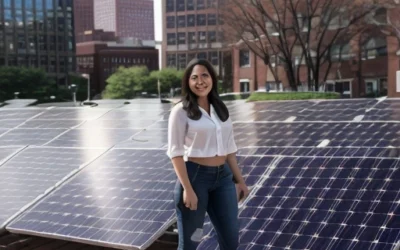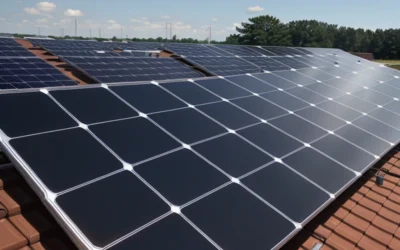Texas Solar: Tax Credits, Incentives, and Rebates
Texas has a number of programs that encourage the use of renewable energy and energy efficiency. Because of its abundant sunshine and lower-than-average solar costs, it has been named in the top ten states for solar energy utilization in the US. Rebate programs and specific policies can help you save a lot of money. Despite the fact that Texas does not have a statewide tax credit or solar rebate program, major and small utilities, as well as local governments, offer a variety of possibilities. You may learn about some of the programs available in Texas in this article.
|
Did you know that there are several Virginia solar incentives, rebates, and programs expiring in 2023? Before you start worrying, you should know that there are unbelievable new incentives here now! Check out one of the most popular resources for learning about these programs in the link below.
Access Virginia Solar Programs |
Get access to these solar programs and more. You can apply by clicking here now!
AEP customers can apply for a rebate of up to $3,000.00 through their SMART Source Solar PV Program. Any AEP TCC, AEP TNC, or SWEPCO customer in Texas is eligible to participate in the program. New systems suggested for many points of service may be eligible for incentives.
The Austin Energy Capacity-Based Incentive is a program designed to assist sole property owners who install solar PV systems on five or more residential units. The size of the system and the current incentive level determine this one-time incentive. To be eligible, the solar PV system must be at least 2kW (AC) per unit or anticipated to produce at least 50% of yearly electrical demand, and it must be generally shade-free. These monies are limited and will be distributed on a first-come, first-served basis.
To be eligible for this reward, you must meet certain requirements, including:
- Before installing a system, you must apply for and receive a Letter of Intent (LOI).
- Your solar PV system must be at least 2kW (AC) per unit or anticipated to produce at least 50% of yearly electrical use,
- And it must be built by an Austin Energy Participating Contractor.
A Multifamily Shared Solar Pilot Program is also available through Austin Energy. By allowing a single on-site solar PV system to serve numerous units in a building, the Shared Solar initiative attempts to reduce costs and complexity. Participants will receive cash incentives to assist with the upfront costs of solar PV system installation.
If you finish the Austin Energy Solar Education Course and install a qualifying solar photovoltaic (PV) system on your house, you can get a $2,500.00 rebate.
CPS Energy also offers solar rebates to its customers. For residential projects, they come into two forms: $2,500.00 per project or $500.00 premium for projects utilizing local modules.
The third-largest electric utility in Texas, Oncor Electric Delivery, also provides incentives. Their Residential Solar Program runs from January through November on an annual basis. Residential solar photovoltaic system incentives are determined by the size, azimuth, and other characteristics of the installed system.
Get access to these solar programs and more. You can apply by clicking here now!
Texas residents can take advantage of the federal solar investment tax credit. The Federal Solar Investment Tax Credit, sometimes known as the ITC, is a federal policy that supports the use of solar energy by Americans. This program provides a 26 percent tax credit for solar systems installed on residential and commercial properties that can be used to offset tax liabilities. This tax credit is available when you purchase solar panels and install them on your roof.
The percentage you can earn is as follows::
- For projects starting in 2021 and 2022, the percentage is 26%,
- Projects that begin development in 2023 will receive a discount of 22%.,
- After 2023, the residential credit will be zero, while the commercial credit will be 10% for the rest of the time.
To be eligible for this credit, you must meet certain requirements, including:
- If the electricity generated is credited against, and does not exceed, your home’s electricity use, the solar PV system is installed at your primary or secondary dwelling in the United States, or for an off-site community solar project.
- You are the owner of the solar PV system
- The solar PV system is brand new or has never been used before. Only the “initial installation” of solar equipment is eligible for the credit.






